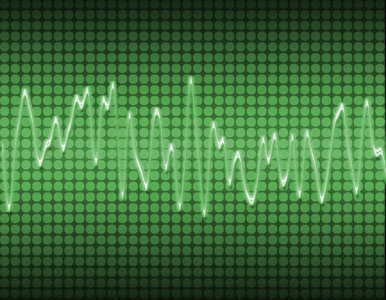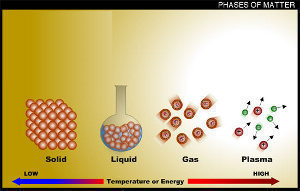Total Harmonic Distortion (THD) is a measured difference in audio levels between the input audio signal’s harmonics and the harmonics of the output audio signal of an amplifier or other audio device.
Output Distortion Level
As the signal passes through an amplifier it is always somewhat distorted at its output. The waveform at the input will not perfectly match the level at the output. How great the distortion will be depends on the amplifier’s quality and specifications, but it is usually not noticeable to the human ear. If it is, there is probably a problem with the amplifier.
Understanding Total Harmonic Distortion
Understanding Total Harmonic Distortion helps one to understand what harmonics are. Harmonics give each instrument its unique sound. They are what makes the tone A that a violin plays sound different from the tone A that a piano plays. The tone A itself has a frequency of 440 Hz, which is its fundamental frequency. Tone A’s harmonics are the multiples of this fundamental frequency. So they can have a frequency of 880Hz, 1320Hz, 1760Hz, and so on. These tones have lower levels (are quieter) than the fundamental tone, but each harmonic’s exact level is what will determine how the instrument will sound.
Total Harmonic Distortion represents the change in these levels after the sound signal has passed through an amplifier. In other words, it represents the extent to which a piano playing a specific tone no longer sounds exactly as it did before its audio signal was pulled through an amplifier.
Total Harmonic Distortion is expressed as a percentage of the original audio signal that has been distorted. Lower percentage, therefore, indicates greater audio equipment quality as it causes a lower amount of distortion.
Most good quality components have less than 1% of THD while loudspeakers have between 1% and 5% distortion. Subwoofers can have the greatest level of distortion of up to 10%, but human ears do not notice distortion at such low frequencies.
While THD helps to determine the audio equipment’s quality, it is not the only consideration. Other factors should be taken into account such as Signal to Noise Ratio (SNR), Frequency Response, and Output Power. Learn can more about them in “How to Measure Sound Quality.”




Howard J. Barnett
“Subwoofers can have the greatest level of distortion of up to 10%, but human ears do not notice distortion at such low frequencies.”
Yes, but it’s still there, beating on your eardrums, influencing the sound, and causing listening fatigue. To dismiss THD as not having that much influence is a lowering of standards. THD ideally should be 0%, and anything else is a compromise.